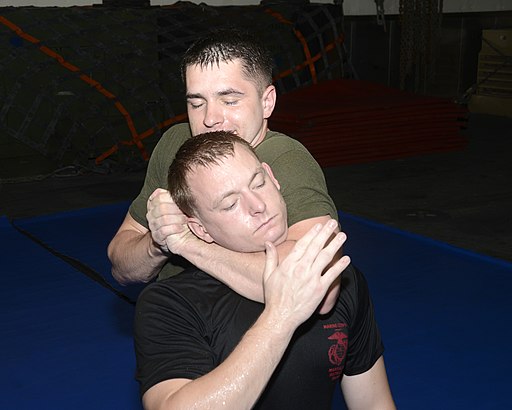Also, the use of chokeholds by police officers is a felony crime under New York State law.
At least 65 NYPD officers are set to face police brutality and other forms of misconduct charges for their actions during the George Floyd protests that rocked the city two years ago. Unfortunately, most of them will get away with a mere slap on the wrist, like losing vacation rights, and very few will be suspended or fired. That’s always the problem with an internal affairs inquest. Cops will always show tolerance for their fellow cops. The only way to put an end to police misconduct in New York City is for victims to come forward and file a lawsuit. With assistance from experienced New York police brutality lawyers, civilians can stand up for their civil rights and teach cops a lesson by making them pay for their wrongdoings.
What constitutes police brutality in New York?
Police officers are not above the law. Their role is to enforce the law while staying within its limits themselves.
Police brutality is a form of police misconduct and constitutes a violation of the Fifth and Fourteenth Amendments of the U.S Constitution.
If a police officer acts with excessive force by using an unreasonable and unnecessary amount of force with regard to a civilian, this is a case of police brutality.
What is reasonable force and what not is very hard to define and this explains why there are so many incidents of this type in New York City.
As a rule, a law enforcement agent should use only the minimum amount of force needed to achieve a legitimate purpose. For instance, NYPD officers are not allowed to use force if a suspect is not resisting. If a suspect has been subdued and handcuffed there’s no need to use force. If a police officer kicks the suspect or uses a Taser on a subdued civilian lying on the ground, that’s a clear case of excessive force and the victim is entitled to press charges.
Also, the use of chokeholds by police officers is a felony crime under New York State law.

To understand if you have a case you need to talk to a knowledgeable New York police brutality lawyer before filing a complaint. Maybe you don’t have enough evidence to support your claims, in which case your attorneys will help you gather proof.
How can a police brutality lawyer help you?
Your word against that of an NYPD officer isn’t worth much if you don’t have evidence to back you up. Seasoned police brutality lawyers can help you by requesting access to bodycam or dashcam video footage. Also, they can look for video recordings from surveillance cameras in the area which captured the incident.
Your lawyers will then interview eyewitnesses to the incident. In both cases, you must act quickly. Videos might get deleted or the eyewitnesses might only have vague recollections of the facts if your lawyers approach them after a few months.
On the other hand, your attorneys will investigate the police officers involved in your case to see whether they have been targeted by similar brutality charges in the past. Previous charges can show a pattern of violent conduct. At the same time, you may be able to hold the entire police department accountable, if it is established that their superiors knew of the agent’s propensity for violence and did not take steps to remedy the situation.


Join the conversation!